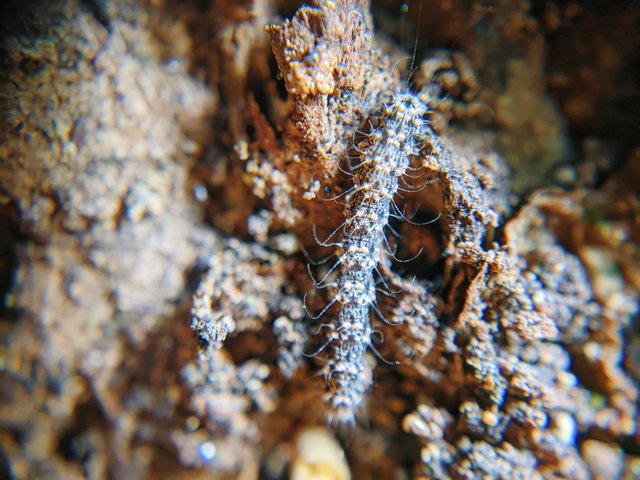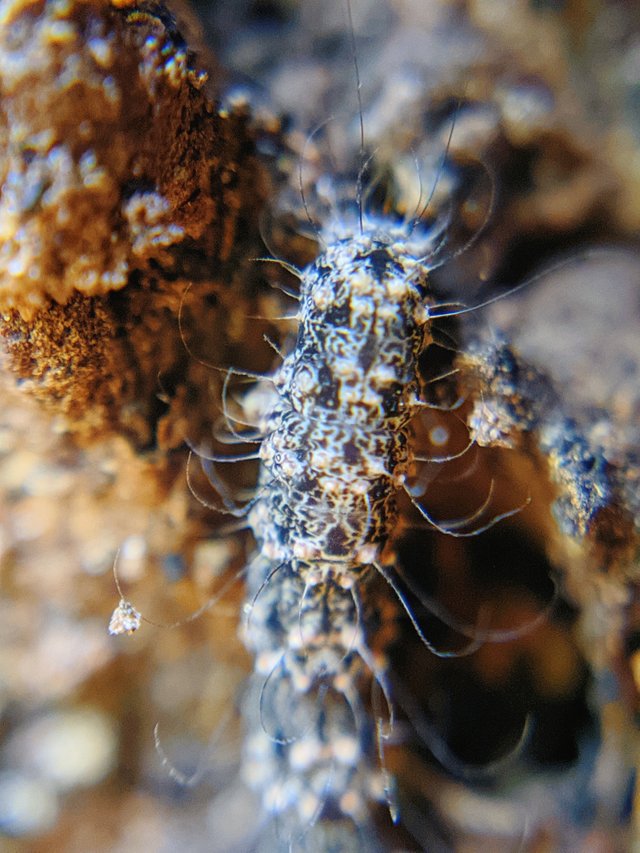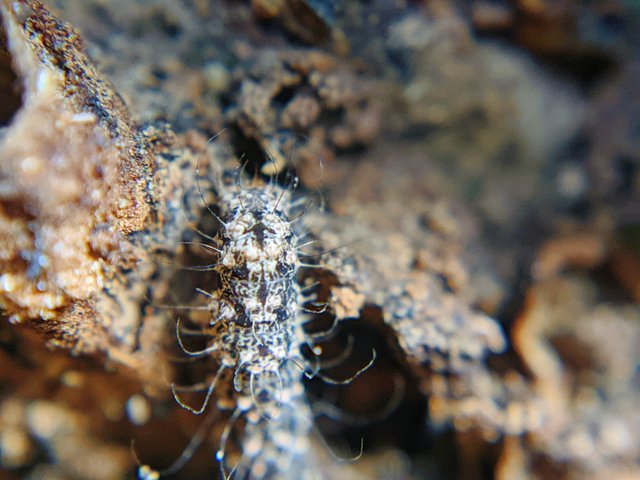
Caterpillars are the larval stage of members of the order Lepidoptera (the insect order consisting of butterflies and moths). This is like most common names, the use of this term is actually inconsistent, because sawfly larvae are also often referred to as caterpillars. Both lepidoptera larvae and symphytan larvae both have an eruciform body shape.

Caterpillars of most species are herbivores (folivores), but not all of them, only a few percent (about 1%) are insectivores, some even cannibals. Some caterpillars eat other animal products such as, clothing moths eat wool, while horn moths eat nails and horns of dead ungulates.

Caterpillars are usually voracious eaters. Many caterpillars are serious agricultural pests. In fact many species of moths are better known at the caterpillar stage because of the damage it does to fruit and other agricultural produce. While the moth is not a pest. On the other hand, various species of caterpillars are very beneficial to humans. For example as a source of silk, food for humans and livestock or for biological control of plant pests (weeds). The characteristics of caterpillars are that most caterpillars have long bodies and are cylindrical in shape. Caterpillars have three pairs of true limbs in the three pectoral segments, plus four pairs of pseudo-legs called abdominal limbs in the middle abdominal segment and often a pair of abdominal limbs in the last abdominal segment. Altogether the caterpillar has ten abdominal segments.
Downvoting a post can decrease pending rewards and make it less visible. Common reasons:
Submit